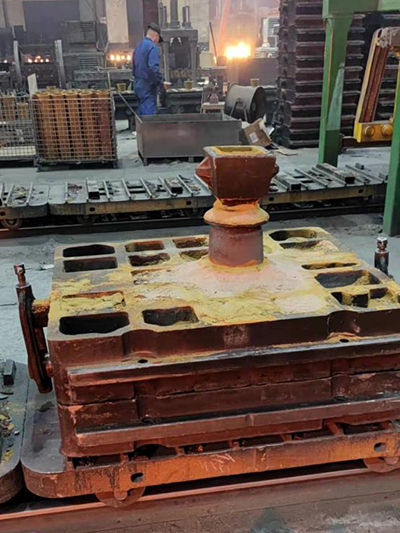The Versatility of Sanded Resin A Comprehensive Overview
In the realm of modern materials, sanded resin stands out as a remarkable solution that caters to a multitude of industries and applications. As a versatile synthetic compound, sanded resin has gained popularity among artisans, manufacturers, and hobbyists alike, owing to its unique properties and ease of use. This article aims to explore the various aspects of sanded resin, including its composition, applications, benefits, and tips for effective use.
Sanded resin is primarily composed of synthetic resins, which are a type of polymer. These resins are often derived from petrochemicals, allowing for a wide range of formulations that can be tailored to specific needs. The 'sanded' aspect refers to the finishing process applied to the resin. By sanding the surface, users can achieve a smoother, more refined finish that is visually appealing and functional. This finishing process can also enhance the structural integrity of the final product, making sanded resin an excellent choice for various applications.
One of the most common applications of sanded resin is in the field of crafting and DIY projects. Artists and crafters often favor sanded resin for creating beautiful, durable items such as jewelry, home decor, and custom furniture. The ability to cast sanded resin in molds allows for intricate designs and shapes that are difficult to achieve with traditional materials. Furthermore, the flexibility of sanded resin makes it suitable for both small-scale projects and larger items, accommodating the needs of hobbyists and professional artisans alike.
sanded resin

In industrial settings, sanded resin is frequently used in manufacturing processes, particularly in the production of composite materials. Because of its high strength-to-weight ratio, sanded resin is ideal for reinforcing products, such as automotive parts, aerospace components, and sporting goods. These properties make resin composites a popular choice for industries looking to enhance performance while minimizing weight, thus leading to improved fuel efficiency and reduced emissions.
Another significant advantage of sanded resin is its resistance to moisture, chemicals, and UV radiation. This durability ensures that products made from sanded resin maintain their integrity even in harsh environments. As a result, sanded resin is increasingly being utilized in outdoor applications like garden furniture, decking, and various construction materials that require resilience against the elements.
To achieve the best results when working with sanded resin, there are several tips and techniques to keep in mind. Firstly, it is crucial to ensure that the mixing process is thorough, as improper mixing can lead to weak spots or uneven curing. Additionally, investing in high-quality sanding materials and tools will help achieve a smooth finish, minimizing the risk of imperfections. Finally, applying a sealant or topcoat can enhance the appearance and longevity of the finished product, protecting it from scratches and fading over time.
In conclusion, sanded resin has established itself as a leading material in both crafting and industrial applications due to its versatility, durability, and aesthetic appeal. From intricate artwork to robust manufacturing processes, this innovative material continues to inspire creativity and deliver reliable solutions across various sectors. As technology and formulations advance, we can only anticipate an even broader range of applications for sanded resin in the future, making it a material worth exploring for anyone seeking quality and flexibility in their projects.
Post time:Δεκ . 11, 2024 08:16
Next:sanding glazed ceramics
